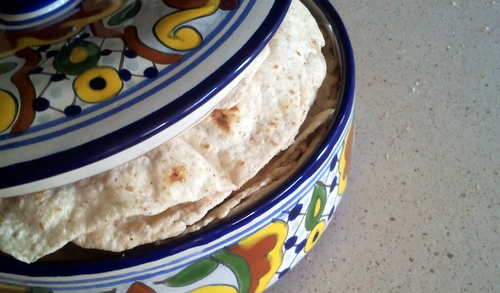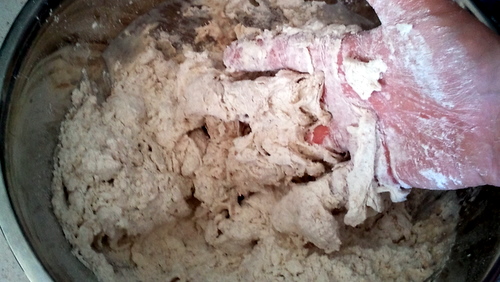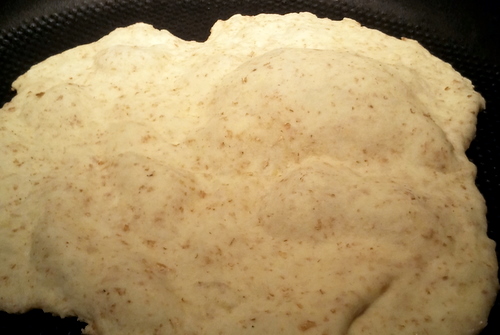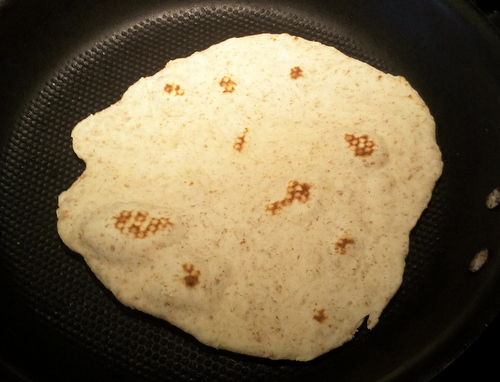It’s happened more than once, the over full pot of boiling water on the stove – you add whatever it is that you’re going to boil and splash. Boil over and water on the stove top. With a gas stove sometimes the burner will go out, others you’re lucky and you just get some really hot water on the hot top of your stove.
Not a big deal.. until you have too much water as we did the other day. It ran down the front of the stove a little, some even made it to the floor. Clean up the mess and forget about it.
Except this one time recently, the stove display started blinking the lock icon.
Searching found stuff like: remove the stove from power for 5 minutes, then plug it back in to reset.
When I tried that solution, you could hear the oven doing a reset cycle and trying to lock/unlock the door several times. Sometimes it would stay locked, and I’d do another power cycle and then it’d stay unlocked. Things did not improve. Still the flashy lock.
I found a service manual that was close, but the removal of the front panel was different than shown there. I needed to remove some obvious screws from just under the lip – then pull the stove out to get to a pair (on each side) of screws that held the front panel on.
After disassembling the panel, it was clear we had some water down there – but not much. I cleaned up the board verified things were dry and re-assembled. Still the lock problem.
Two days later, the oven light started to go on by itself. You could turn it off — and shortly after it’d turn itself back on. The following morning, a power cycle resolved the Error 43. I was able to cook some bacon in the oven. During this, the oven got a bit funky. The light wasn’t coming on when you opened the door — then it would intermittently come on and off when you opened the door.
My theory is that the heat of the oven was helping dry out the moisture from wherever it got to. After finishing with the bacon, the flashing lock was back.
One more power cycle the next day – and the oven seems to have started to work “like normal” again. I’m fairly confident at this point that the issue was some water got into one of the switches (probably the locking mechanism) and was shorting out a sensor there. However, as the door light was also affected, I suspect there was multiple sensors affected.
Thankfully it was ‘clean’ water (vs. a mucky sauce) and seems to have dried up removing any issues.
Lesson learned: don’t let water accumulate on the cook top of your Bosch stove/oven. If you do get Error 43 – be patient and dry it out. A power cycle will help once things are dry enough.





